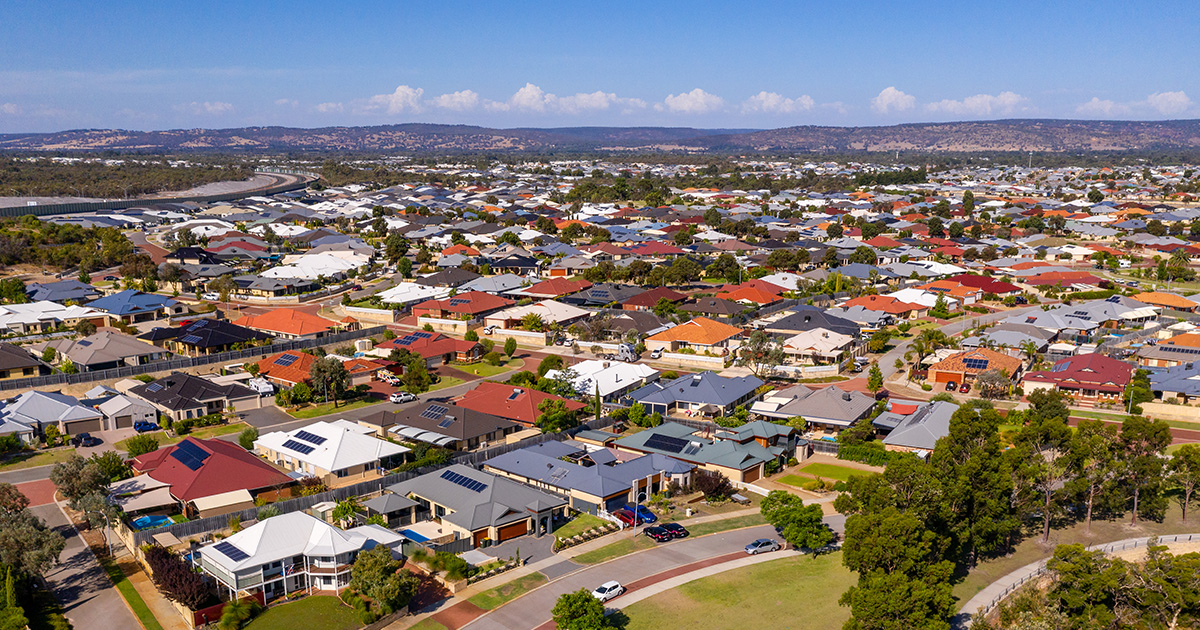Residential rooftop solar installations in Australia reached 15.1 GW in 2023, with more than one in three Australian households having installed PV. However, researchers at UNSW now estimate that the total potential for rooftop PV on the nation’s homes and apartments is approximately 60.9 GW, leaving 45.8 GW of unrealized potential solar energy.
The new analysis, commissioned by Solar Citizens and conducted by the Australian PV Institute at UNSW, shows that the existing 15.1 GW of PV are installed across the rooftops of approximately 3.29 million homes, leaving an estimated 5.7 million homes and apartments without solar. The researchers said that unlocking this untapped potential could yield significant economic and environmental outcomes.
“If there was support for every rooftop with solar potential to install a new system or expand the size of existing rooftop solar to full potential, Australia could generate an additional 61 TWh of clean energy each year,” they said in the report, adding that this would reduce Australia’s greenhouse gas emissions by 785 megatons over 20 years.
It is also expected the rollout of rooftop solar would create 240,000 additional job-years of employment in the solar sales and installation industry, equivalent to employing 48,000 people for five years.
“Currently almost all the solar panels and inverters installed in Australia are manufactured overseas, but there are signs of an emerging domestic industry,” the report said. “Deployment of PV across the residential housing stock therefore has the potential to provide further employment in the manufacturing sector and support this emerging industry.”
Joel Pringle, national campaigns director at Solar Citizens, said the report shows the great potential to expand rooftop solar in Australia. He noted that investing in the untapped solar potential of residential rooftops across the nation could save households AUD 9.3 billion ($6.02 billion) on energy bills each year.
“That’s nine billion good reasons for the Albanese government to make a significant investment in supporting more rooftop solar for households, people living in apartments and social housing and renters in the upcoming gederal budget,” he said. “Cleaner, cheaper rooftop solar energy is a win for both energy bill relief and reducing climate pollution. One in three Australian homes has now gone solar, we need greater government support to ensure the financial and health benefits are extended to all Australian households.”
The report estimates the realization of these economic and social benefits would require an initial investment of AUD 9.8 billion per year for five years. Pringle said this investment would be repaid in bill savings in little more than five years, with annual household bill savings of AUD 1,390 continuing for the operational lifetime of a solar system.
This content is protected by copyright and may not be reused. If you want to cooperate with us and would like to reuse some of our content, please contact: editors@pv-magazine.com.




Noonday solar is already overloading the grid, causing fossil-fuelled power stations to become uneconomical (since they can’t be running 24/7) and shutting down, leading to power shortages when the sun goes down. So simply adding more panels is foolhardy, unless they include batteries to soak up such grid excesses and be used during the evening energy peak. Why is this obvious necessity being ignored? Thanks!
And with solar panel efficiency likely to improve from 22% to 33%+ within the next 10 years, that 45.8 Gw becomes 68.7 Gw…